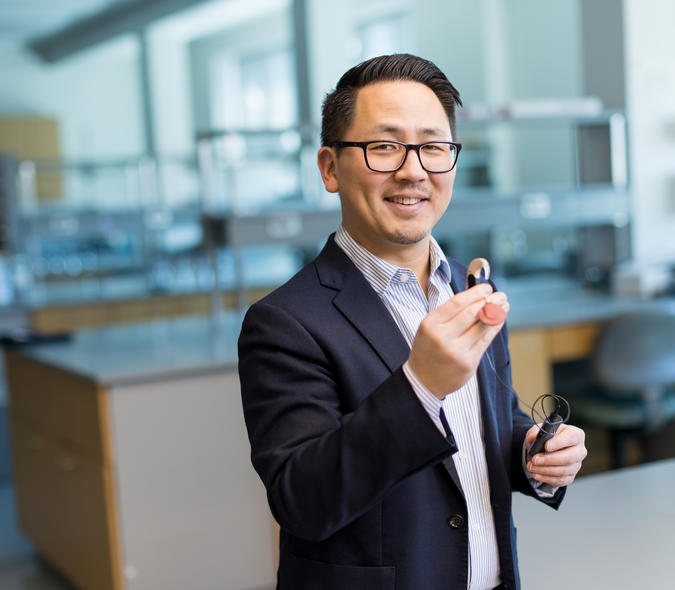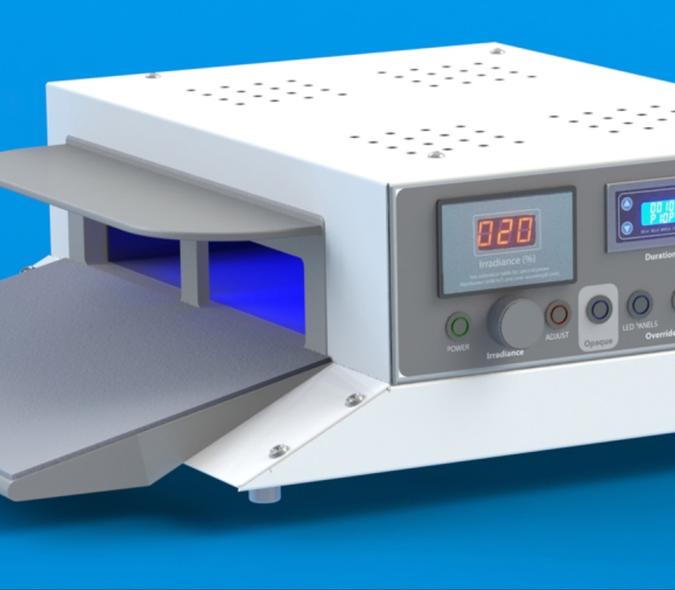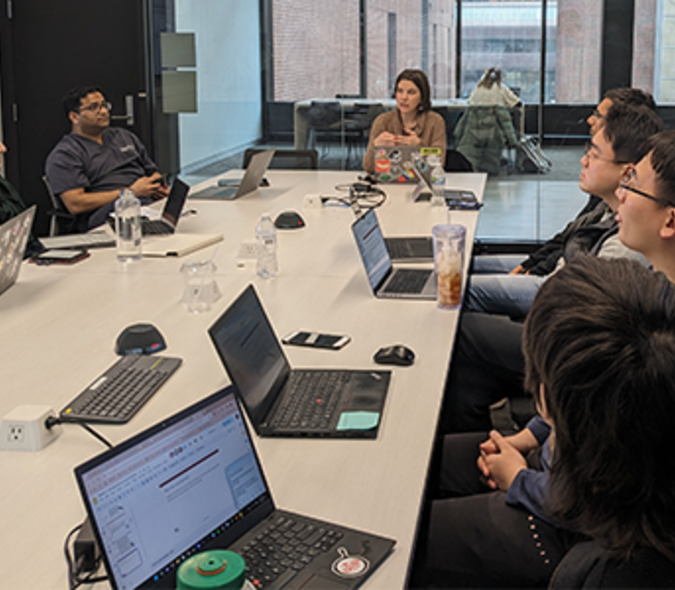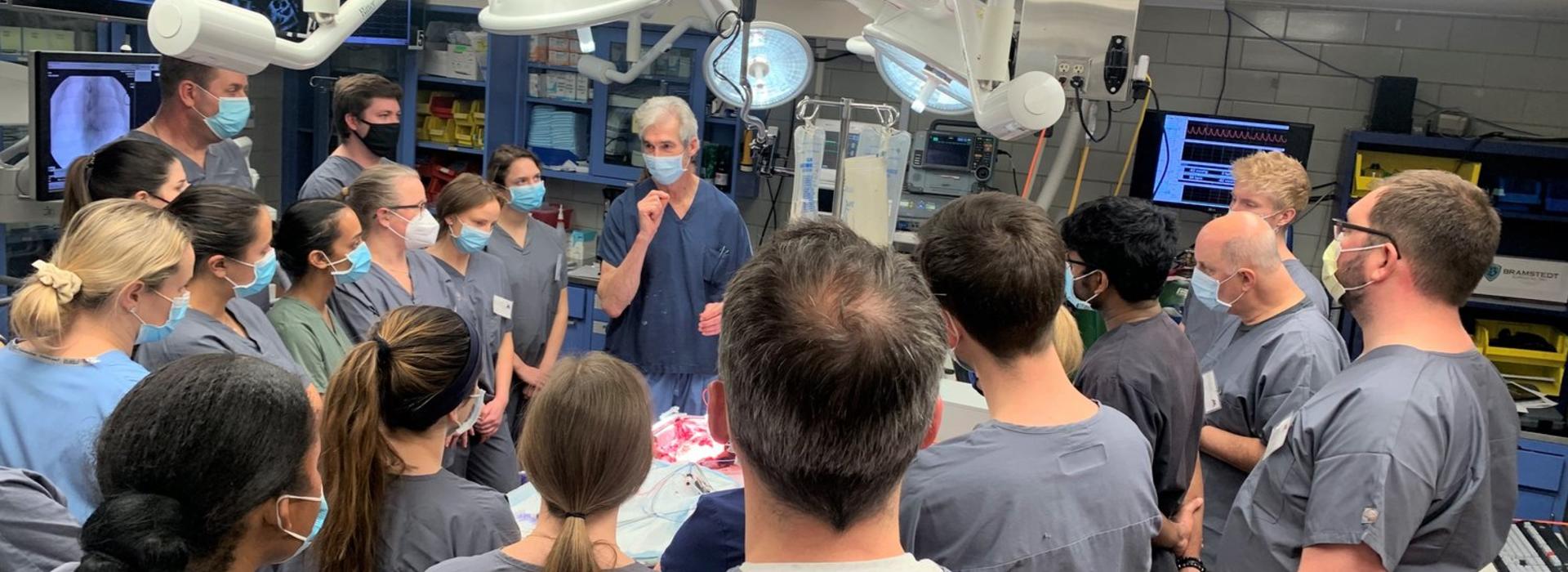
A Month of Medical Devices
Paul Iaizzo believes that it’s time for physicians and medical device manufacturers to get to know each other better. That’s the idea behind “Introduction to Medical Device Innovation,” a new clerkship developed by IEM for the Medical School for fourth-year students. The first cohort will begin the four-week clerkship in April 2024 (see the Catalog entry here).
“The future of device innovation requires medical practitioners and device manufacturers to have a deeper understanding of what each of them does and how they do it,” says Iaizzo, director of the University of Minnesota Medical School’s Visible Heart Laboratories and IEM’s associate director for professional education and outreach. “That understanding can benefit the work of both physicians and industry. After all, they’re both pursuing the same goal: improving patients’ lives.”
Anna Budde, assistant professor in the Medical School’s department of anesthesiology and IEM’s assistant director for professional education and outreach, is directing the clerkship program.
The first week of the clerkship will align with IEM’s Design of Medical Devices conference, which Budde helps run. She describes the conference as “a great primer,” bringing together industry leaders nationwide to discuss product innovation and development processes. The conference will give students opportunities to network with device developers.
The next two weeks of the clerkship will be with engineers at IEM’s Bakken Medical Devices Center “to see what it’s like to prototype a device in real life,” Budde says. They’ll spend time at the Medical Valuation Lab at the Carlson School of Management, gaining insights into how devices are successfully shepherded from the concept stage to commercial launch. Each student will also shadow a member from IEM’s industry advisory board to understand the processes and challenges of bringing a medical device to the market.
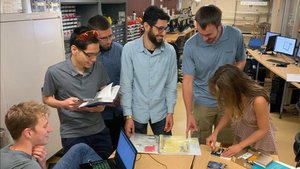
Students will finish the clerkship just before starting their residencies. “We don’t expect that in four weeks students will be able to make their own medical devices,” Budde says. But “they will see what is possible and know that key connections exist as they go out into their residencies.” She hopes the clerkship “will give them a framework during residency and beyond to say, ‘Maybe I can use the engineering connections I’ve made to overcome these obstacles and make things better for my patients.’”
The new clerkship isn’t meant to replace the Medical School’s year-long MD/MS degree program, which Budde recommends for those students who are “really passionate about medical device innovation” and biomedical engineering. Instead, it provides an opportunity for medical students to quickly learn about the MedTech industry while also providing a broad range of industry contacts.
Budde also sees the clerkship program as a way to help spread the word about the IEM and the many resources it can provide to medical practitioners. “There are a lot of people in the hospital—including me, before I worked for IEM--that didn’t know that IEM even existed,” she says. By offering IEM’s industry connections and engineering expertise to up-and-coming physicians, “my hope is that we spark innovation.”

